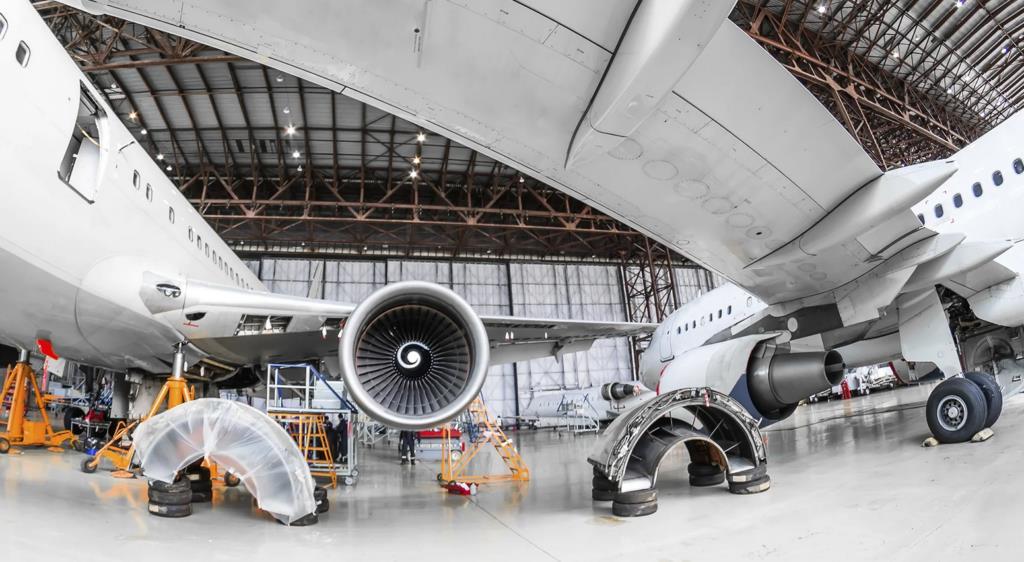Introduction
In the rapidly evolving aviation industry, safety remains the top priority. Effective management of aviation operations requires the integration of various complex processes, from maintenance and scheduling to resource allocation and compliance tracking. Enterprise Resource Planning (ERP) software has emerged as a powerful tool to streamline and improve these processes, thereby contributing significantly to the enhancement of aviation safety. This article aims to provide a comprehensive overview of how ERP software plays a pivotal role in ensuring safety within the aviation sector.
Table of Contents
Understanding ERP Software in Aviation
ERP software for aviation industry is a comprehensive business management solution that integrates various core processes, functions, and departments within an organization. In the context of aviation, ERP systems enable airlines, maintenance organizations, and airports to manage their operations more efficiently by providing a centralized platform for data management, process automation, and real-time decision-making.
Aviation ERP solutions typically include modules that cover areas such as maintenance, operations, finance, human resources, supply chain management, and regulatory compliance. These modules work in harmony to create a unified and streamlined approach to managing complex aviation operations.
Key Components of ERP Software in Aviation Safety
Aviation safety is multifaceted and demands a systematic approach. ERP software contributes to aviation safety through several key components:
Maintenance Management
ERP software facilitates the management of aircraft maintenance schedules, tasks, and documentation. It ensures that aircraft are regularly inspected, maintained, and serviced according to industry regulations and manufacturer guidelines. By automating maintenance processes, ERP reduces the risk of human error and oversight, which can lead to safety-critical issues.
Compliance and Regulatory Tracking

Staying compliant with aviation regulations is of paramount importance. ERP systems enable real-time tracking and reporting of regulatory compliance. This includes monitoring and managing certifications, licenses, and audits. By ensuring adherence to safety standards, ERP software helps prevent potential safety breaches.
Resource Allocation and Optimization
Efficient resource allocation is vital for aviation safety. ERP software assists in optimizing crew scheduling, aircraft assignments, and ground operations. By effectively managing resources, ERP minimizes overburdening and reduces the likelihood of fatigue-related safety incidents.
Data Integration and Analytics
ERP systems collect and analyze data from various sources, allowing aviation stakeholders to make informed decisions. Analyzing safety-related data trends, such as maintenance records, incident reports, and safety audits, helps identify potential risks and areas for improvement.
Emergency Response and Communication
In the event of an emergency, rapid communication and response are critical. ERP software provides a centralized platform for sharing real-time information, enabling stakeholders to coordinate effectively during crisis situations and make informed decisions to mitigate risks.
Benefits of ERP Software in Aviation Safety
The adoption of ERP software in aviation safety yields a plethora of benefits:
Enhanced Risk Management
ERP systems facilitate proactive risk identification and management. By centralizing data and automating processes, organizations can detect potential safety hazards and address them before they escalate.
Improved Decision-Making

Real-time access to data and analytics empowers aviation professionals to make well-informed decisions promptly. This capability is especially crucial in critical safety-related scenarios.
Streamlined Processes
ERP software optimizes workflows, reducing operational inefficiencies and minimizing the chances of errors. This streamlined approach enhances overall safety and ensures compliance with industry standards.
Increased Accountability
ERP systems assign responsibilities and track task completion, fostering a culture of accountability. This accountability extends to safety-related tasks, ensuring that no safety-critical activities are overlooked.
Effective Communication
Clear and efficient communication is pivotal in aviation safety. ERP software offers communication tools that allow different departments and stakeholders to collaborate seamlessly, especially during emergencies.
Case Studies: Successful Implementation of ERP in Aviation Safety
Case Study 1: XYZ Airlines
XYZ Airlines implemented an ERP system to enhance its maintenance operations. By automating maintenance scheduling and documentation, the airline reduced maintenance-related delays and minimized safety risks. The system’s real-time analytics also aided in optimizing spare parts inventory, further contributing to operational safety.
Case Study 2: XYZ MRO
XYZ MRO, a leading aircraft maintenance and repair organization, integrated ERP software to streamline its processes. The software enabled XYZ to monitor compliance with stringent aviation regulations, leading to a significant reduction in safety-related incidents and audit findings.
The Future of ERP in Aviation Safety
The future of ERP software in aviation safety is promising. Advancements in technology, such as the integration of Artificial Intelligence (AI) and Internet of Things (IoT) capabilities, will further enhance the ability of ERP systems to predict and prevent safety risks. The integration of predictive maintenance algorithms and real-time risk assessment tools will provide aviation professionals with invaluable insights into safety-related matters.
Addressing Common Concerns and FAQs
Will implementing ERP software disrupt ongoing operations?
While there may be a learning curve during implementation, a well-executed ERP integration plan minimizes disruptions. Proper training and change management strategies ensure a smooth transition.
How secure is the data stored in an aviation ERP system?
Data security is a top priority for ERP vendors. Modern ERP solutions employ robust encryption, authentication, and authorization mechanisms to safeguard sensitive aviation data.
Can ERP software adapt to changing aviation regulations?
Yes, ERP systems can be configured to incorporate evolving regulatory requirements. Regular updates ensure that the software remains compliant with the latest industry standards.
Is ERP software suitable for small aviation businesses?
Absolutely. ERP solutions can be tailored to suit the scale and complexity of any aviation operation, from small regional airlines to large international carriers.
Conclusion
In the aviation industry, ensuring safety is non-negotiable. Enterprise Resource Planning (ERP) software has emerged as a vital tool to enhance aviation safety by facilitating efficient maintenance management, real-time compliance tracking, optimized resource allocation, data-driven decision-making, and effective communication. The benefits of ERP adoption extend beyond improving safety; they encompass streamlined processes, risk reduction, and improved accountability. As technology continues to evolve, the future of ERP in aviation safety holds exciting possibilities for even greater advancements in risk management and accident prevention.

















